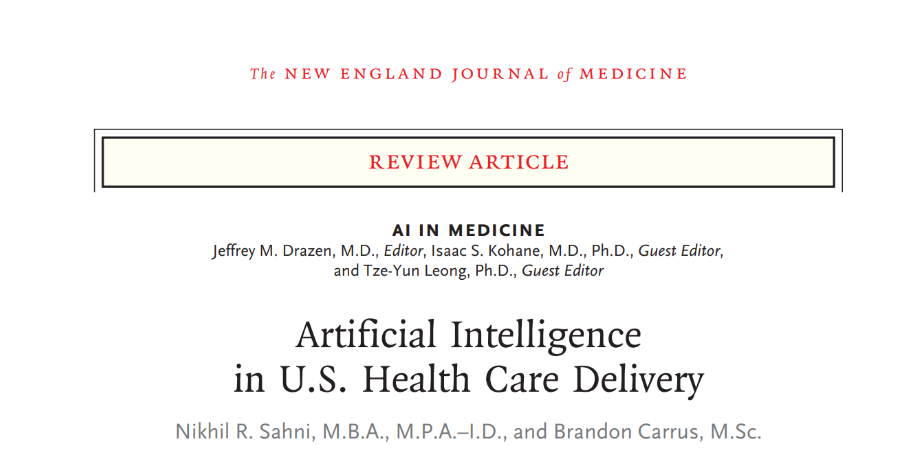Health Strategy Review
management, engineering and
technology review
Joaquim Cardoso MSc.
Senior Research and Strategy Officer (CRSO) —
for the Health Strategy Research
Chief Editor
for the Health Strategy Review
July 26, 2023
Executive Summary
Introduction
- AI adoption in health care delivery lags behind other business sectors due to challenges in interpreting qualitative data and integrating AI into complex clinical workflows.
- Health care organizations prioritizing innovation and total mission value, including financial and nonfinancial factors, are more likely to invest in AI technology.
Exponential Increase in Medical Knowledge:
- The exponential growth of medical knowledge creates a need for AI to supplement clinical teams’ expertise.
- AI has the potential to ensure that patients receive the best care possible, given the overwhelming volume of medical information.
Signs of Increased Adoption:
- AI adoption in health care is gaining momentum, driven by economies of expertise, the Covid-19 pandemic, and increased awareness of generative AI.
- The adoption of AI can also address the ongoing shortage of healthcare professionals.
Emerging High-Value Uses of AI:
- AI in health care delivery primarily involves machine learning and natural language processing.
- It is being used to improve clinical judgment, prognosis, diagnosis, treatment, clinician workflow, and image analysis in specialties like radiology, pathology, dermatology, and cardiology.
Domains of Health Care Delivery Utilizing AI:
- AI is emerging in nine domains of health care delivery, including reimbursement, clinical operations, and quality and safety.
- However, most applications lack sufficient evidence from randomized, controlled trials.
Slow Adoption of AI in Health Care Delivery:
- Health care organizations face challenges in AI adoption, such as heterogeneous and variable health care data, a fee-for-service payment model, lack of patient confidence, and regulatory issues.
Conclusions:
- While the potential of AI in health care delivery remains promising, its adoption has been slow due to various challenges.
- Overcoming these challenges, including strategic vision, data management, and implementation issues, is essential for successful AI deployment in the health care sector.
- As AI technology continues to develop, its potential to improve the quality and access to health care delivery will become a reality.
Infographic
Figure 1. Examples of the Use of Artificial Intelligence (AI) in Health Care Delivery Domains.
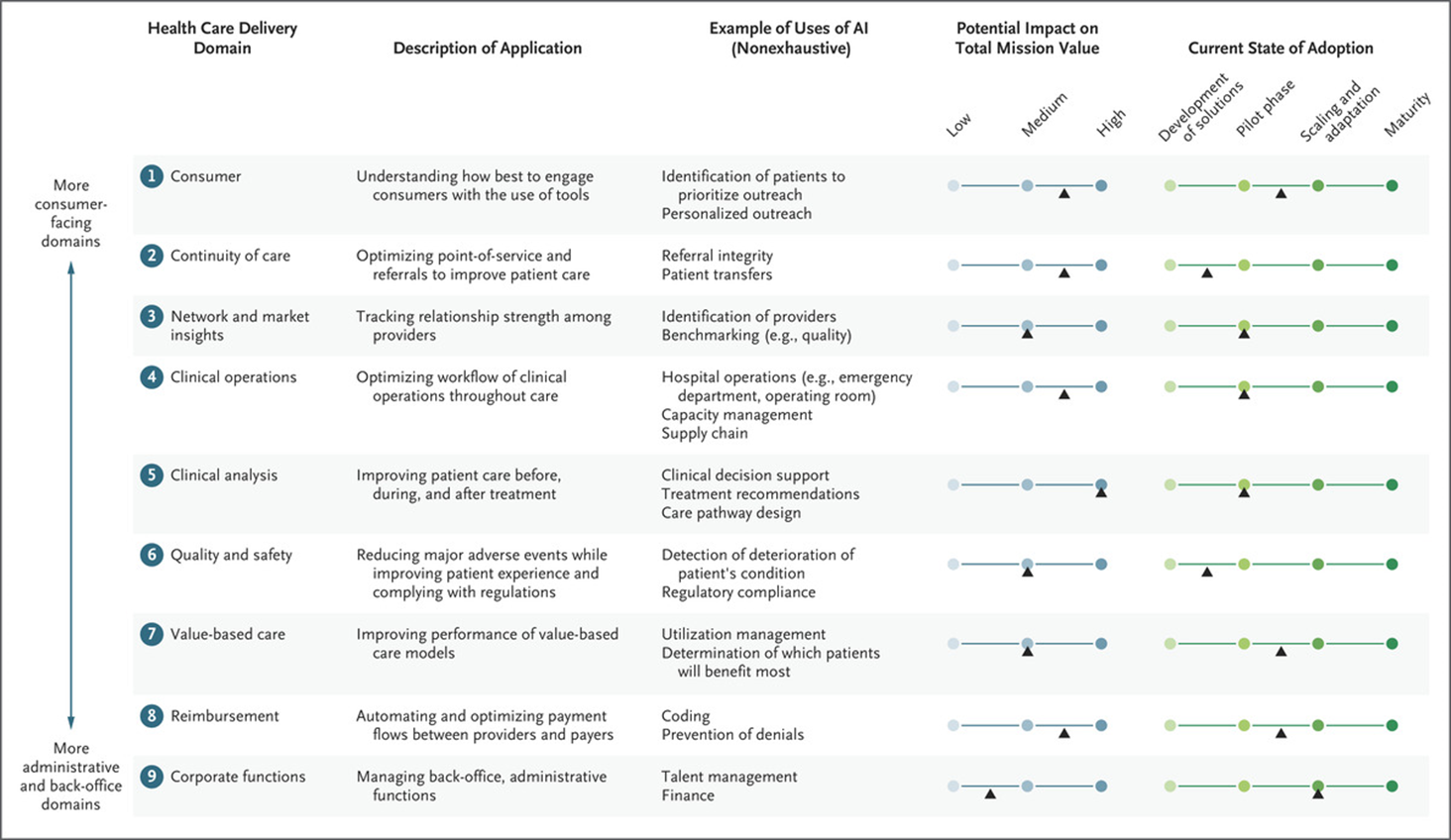
Figure 2. — Use of AI in Claims Processing.
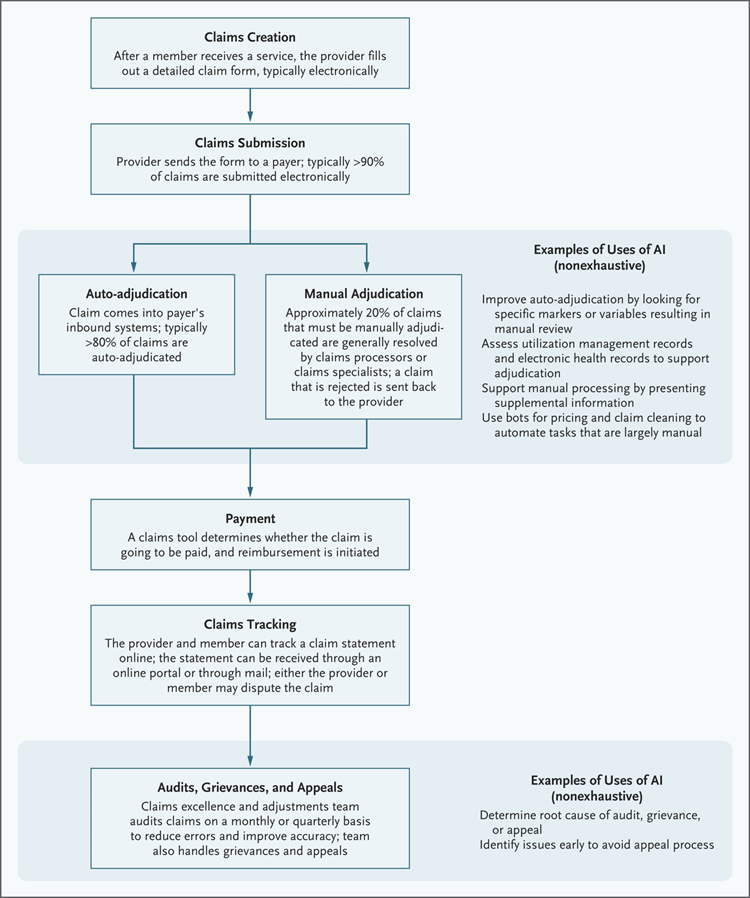
Figure 3. Use of AI in the Operating Room
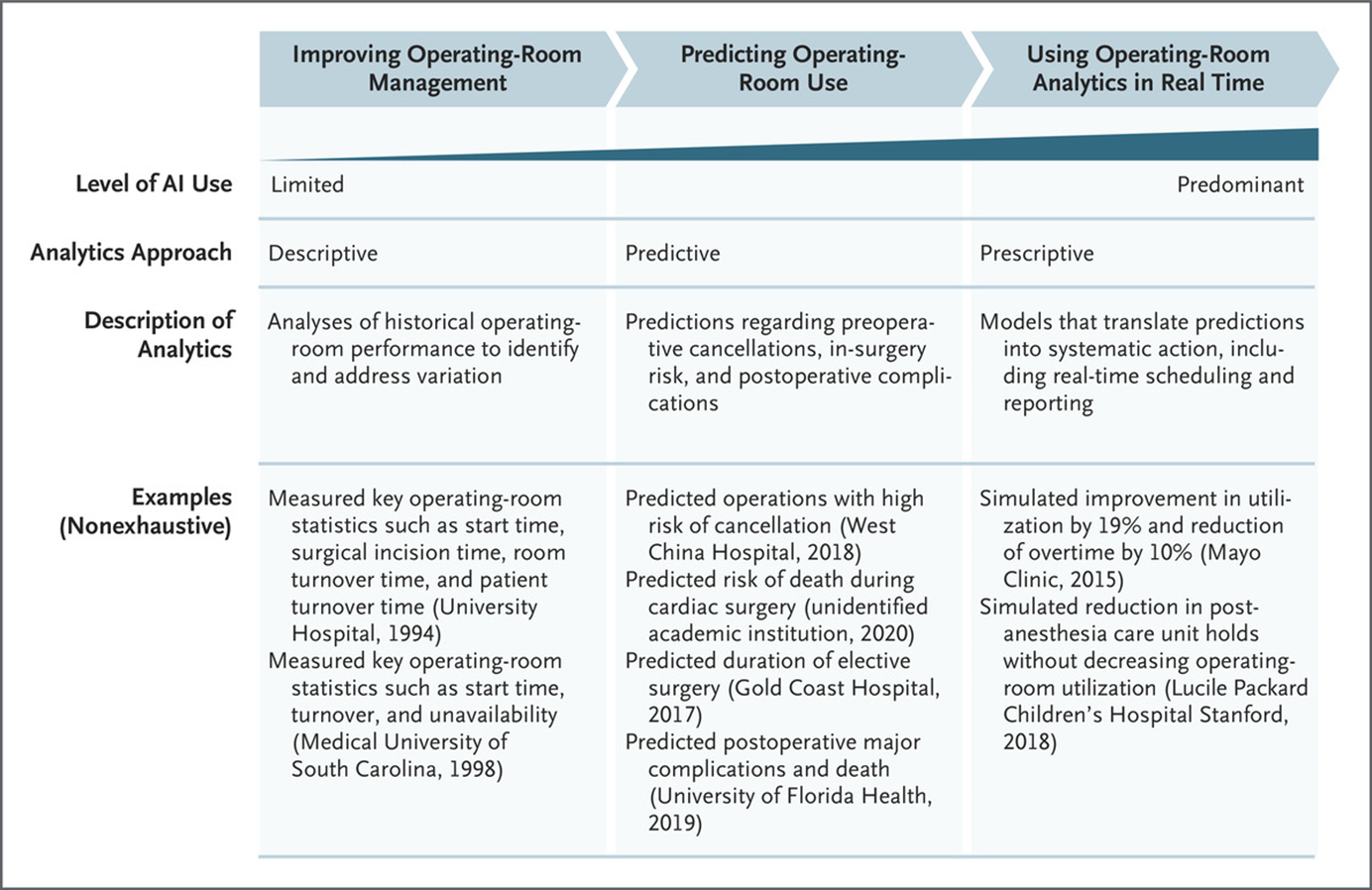
Figure 4. — Use of AI to Predict and Manage Sepsis.
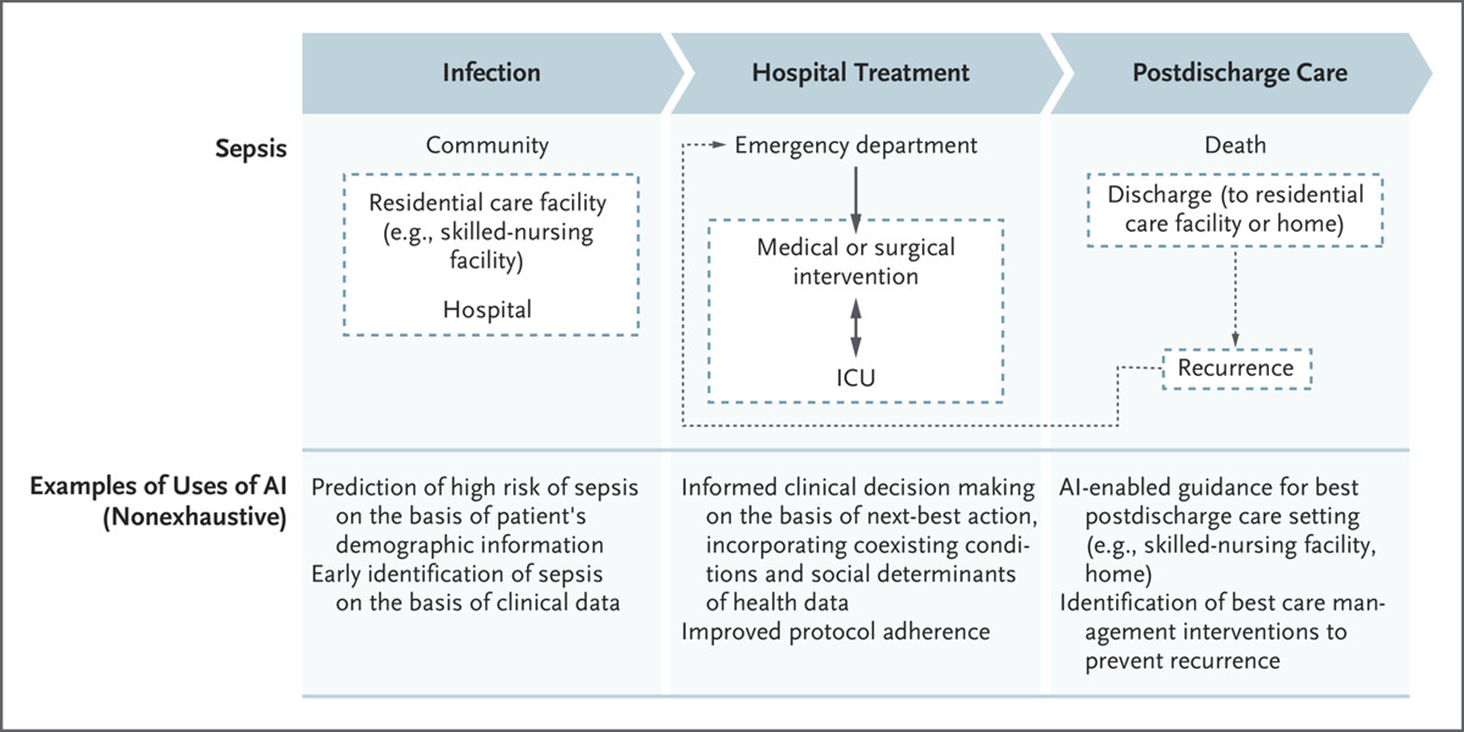
Figure 5. — Examples of Challenges to AI Adoption in Health Care Delivery Organizations.

To read the full version, access the original publication
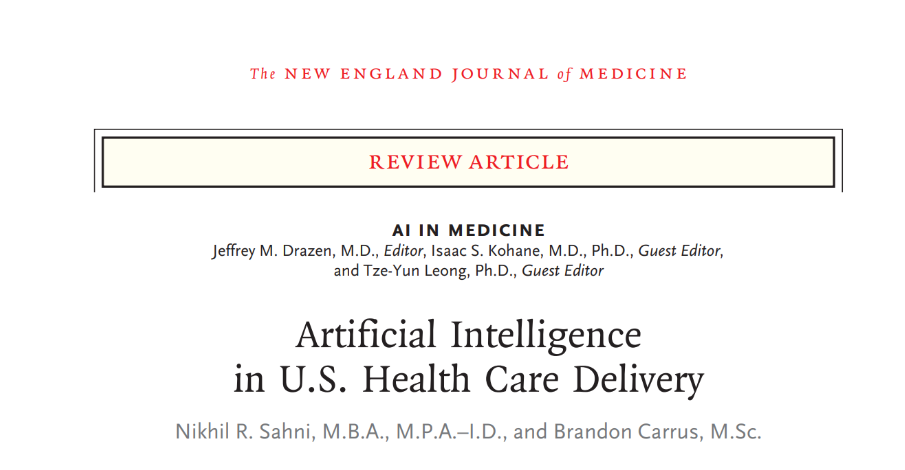
Artificial Intelligence in U.S. Health Care Delivery
NEJM
Nikhil R. Sahni, M.B.A., M.P.A.–I.D., and
Brandon Carrus, M.Sc.





